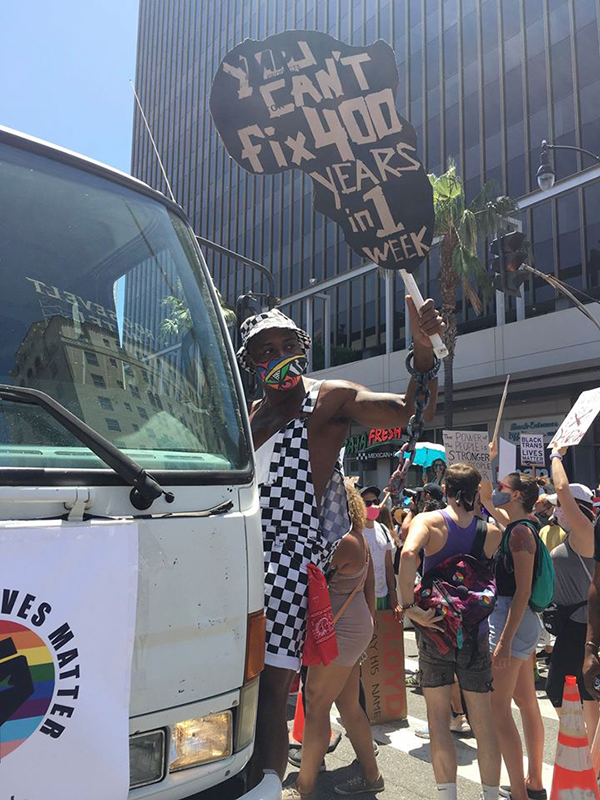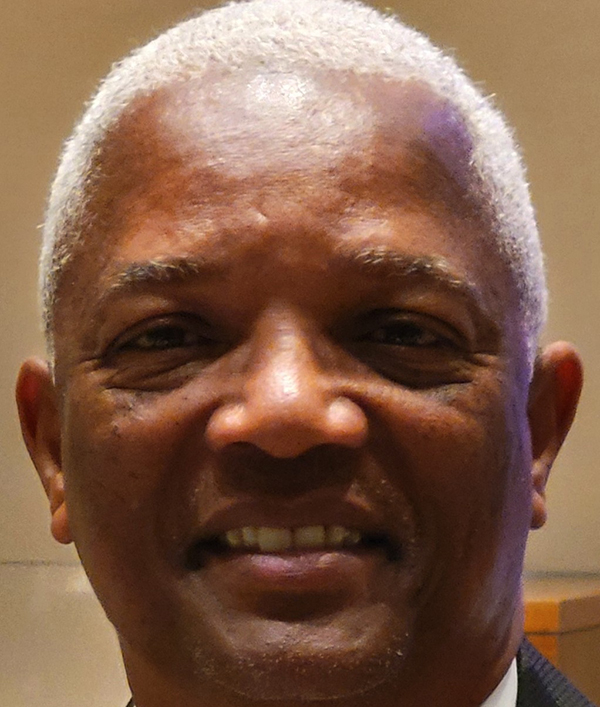By Earl Ofari Hutchinson
Contributing Columnist
The instant the FBI released figures in July 2021 that showed a quantum leap in the number of homicides in the country, the battle was on. Police unions, prosecutors, the Republican Party, Fox News and legions of conservative bloggers went on the attack.
This is the first of a two-part series examining the threat of violent crime in America.
They pointed the finger of blame squarely at Black Lives Matter, criminal justice reform advocates and the Democrats for their attacks on police violence and their calls for defunding the police. It allegedly turned America’s streets into dens of violent crime. How much of this was self-serving right-wing and police union hyperbole? And how much of this was fact?
The FBI’s numbers on the homicide jump were not in dispute. There were more murders in 2020 that the year before. The numbers, though, are the starting point, not the ending point in trying to determine how much greater the threat of violent crime is to Americans. Before 2020, murder rates had been on a steady two-decade downturn.
Here’s a numbers comparison. In the 1990s, Americans were anywhere from two to five times more likely to be the victim of murder. In those years, Los Angeles, for instance, routinely had over 1,000 murders annually. In 2020, the number was 350.
The 350 murders were an increase from the number of murders in 2019. This made it appear that murderers were on the rampage again. But the numbers had to be placed in the context of the two decades drop in homicides to get a more accurate picture of the real danger.
When the major population increase in Los Angeles in 2020 over two decades earlier is factored in, residents were even less at risk from homicide. The proliferation of gangs, turf wars and fights, and the flood of crack cocaine in Black and brown communities in the 1980s and ’90s fueled the horrific, astronomical murder rate. Ironically, as conservatives cried loudly in 2020 that murders were off the chart, they tracked down again 2021.
Fear of violent crime touches the worst primal fears in many Americans. They fear the trauma, pain suffering and even death from physical attacks. Even the fear of crime in general is high up in the concerns of many Americans. If murder rates are soaring, then, many reason, crime also must be soaring.
This is a myth. Crime rates have steadily dropped over a 20-year period dating from the first year of the 21st century. The type of crimes that make the new — rape, armed robbery and carjackings — also have steadily decreased during this same period.
Yet, these figures, no matter how often cited, and comparisons between past higher crime figures, mean nothing when they clash with public fears. Much of those fears are fed by misinformation, unintentional and deliberate.
That is what makes it easy to scapegoat the anti-police abuse protesters and criminal justice reform groups for the rise in violent crime.
The notion that more anti-police protests weakened law enforcement gained currency following the massive protests over the slaying of Michael Brown by a police officer in Ferguson, Missouri in 2014. Homicides took a mild jump around that time.
With no actual evidence to tie the Brown protests to the homicide spike, it was easy to simply blame the increase on police timidity. Was there any truth to this claim?
There is no smoking gun comparative study, survey or statistics, which found a direct correlation between the crime rise and the protests. So, the case must be anecdotal with no data to support a direct correlation.
The argument was that the protests plunged morale among law enforcement. It caused police officers to back away from making arrests, reduced aggressive policing in impoverished minority areas and saw many officers quit law enforcement.
Following the shocking videotaped slaying of George Floyd by a Minneapolis police officer in 2020, researchers finally tried to put some numbers to the violent crime increase to relate them to the anti-police abuse protests. One study looked at Black Lives Matters protests in 60 cities.
It found no correlation between the protests and rising crime. It found that homicides rose in some cities that had never had a Black Lives Matter or anti-police abuse protest. More than a few of those cities were in so-called red states.
However, countless Americans are still convinced their lives are in mortal danger from crime and that there simply aren’t enough police on the streets to protect them. Next week I examine this issue and much more in the great debate about violent crime in America.
Earl Ofari Hutchinson is an author and political analyst. His forthcoming book is on classical music, “A Young Person’s Guide to Classical Music” (Middle Passage Press). He also hosts the weekly Hutchinson Report on KPFK 90.7 FM Los Angeles and the Pacifica Network.










